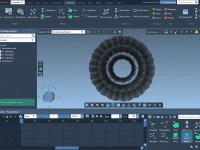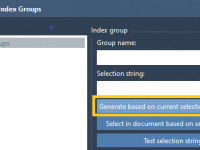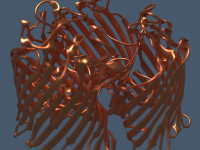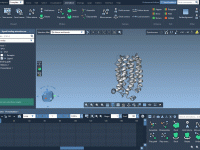Author: OneAngstrom
Custom Index Groups in GROMACS Wizard: How and Why to Use Them
Choosing the Right Material: A Practical Guide for Molecular Modelers
Rewind Your Molecular Simulations: Reverse Path Playback in SAMSON
Tired of Preparing Initial Conformations for Umbrella Sampling? Here’s a Visual Way to Automate It
Smooth Camera Motion for Molecular Focus: Using Dolly Camera in SAMSON
Managing Your Python Packages in SAMSON Without Leaving the Interface
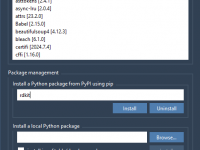
If you’re modeling complex molecular systems and integrating Python tools into your research, chances are you’ve spent time juggling environments, dependencies, and command-line installations. Switching between SAMSON and external terminals to install or troubleshoot packages can become distracting, especially when…
When You Don’t Want It All to Move: How to Minimize Only a Part of a Molecule in SAMSON
Visualizing Defects in Diamond Structures with SAMSON
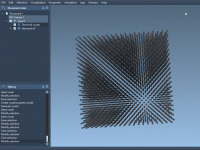
If you work with materials modeling, you’re likely familiar with the importance of structural defects in crystals. Even a small deviation from perfect periodicity can drastically influence a material’s properties—electrical, thermal, mechanical. But spotting and visualizing these imperfections with the…






